John Edmonson Miller was born in Deptford, Kent in 1831. His father, who shared the same name, was also a cork cutter. John was by 1851 a journeyman cork cutter in Bethnal Green, London. Shortly afterwards he relocated to Norwich - a city with a long tradition of brewing (in 1836 there were 27 breweries in the city). Bottles needed corks and there were many cork cutters in Norwich - there was even a pub named 'The Cork Cutters Arms'. While working there, John must have become acquainted in Norwich with fellow cork cutter Edward Johnston.
John Miller married Mary Ann Perfect in Norwich and the couple's first child was born there before the family moved briefly to London around 1859. By the time of the 1861 census John Miller was a journeyman cork cutter in Bermondsey, London, living with his wife and their two daughters. However, the next year they upped sticks to Scotland, settling in Upper Largo around 1862. This move was very likely triggered by the untimely death of Largo cork cutter Henry Kirk. It would seem that both John Miller and Edward Johnston came to fill the void left by Kirk - quite how they came to learn of the opportunity is unknown. One theory could be connected to Great Yarmouth - the port where cork would have arrived to be transported to Norwich by river. Largo fishermen were known to have on occasion ventured to Yarmouth for long fishing trips.
By 1871 John Miller was established as a cork cutter in Upper Largo, now with 7 children, 4 of whom were born in Largo. A decade later and he was still described as a 'cork top manufacturer' and had one further child. At some point, the Millers became involved with the Independent Order of Good Templars' Robinson Crusoe Lodge. John held various offices and appeared often in the newspaper archives as attending various meetings and events in connection with the movement. It's interesting that a bottle top maker, with connections to the brewing industry, went on to live by "total abstinence enforced by a life-long pledge, and the absolute prohibition of the manufacture, importation and sale of intoxicating drinks as beverages". The above programme for the local lodge from the "Good Templar Guide: North-East Fife District 1898-1904" notes John E. Miller as the Secretary at the time and shows that he and his wife were responsible for a number of the functions listed.
By 1891, John's occupation had evolved slightly to 'wood top manufacturer'. This was likely partly due to a general trend away from the use of cork to other materials for bottle closures but may also indicate that he wanted to cater for temperance drinks rather than alcohol. Below are images of a cork top (left) and a wood top (right). By this time, fellow cork cutter Edward Johnston had become bankrupt and had left Largo. John survived the changing fortunes of his trade but supplemented his income by having three boarders living in his household. Ten years later, aged 70, John Miller continued to host three boarders and was described as a 'wood top maker'.
John Edmonson Miller died on 19th June 1905 at Law Cottage, Upper Largo - his death registered by son James, who lived very close by at Broomfield's Buildings. As far as I can tell, this ended many decades of bottle top making in the Parish. Modern innovation had by then changed practices completely. Ebonite or Vulcanite screw stoppers (patented in 1880) were advertised as superior to corks due to the ease of opening by hand (no need for a corkscrew), robustness (won't break like a cork could), airtightness (contents won't go flat) and reusability (if used many times were a fraction of the cost of cork). India rubber was heated in a process called 'vulcanisation' to create a mouldable, durable material that was used for bottle stoppers for decades. The adverts below show these stoppers, which fitted into an internal screw thread in the bottle neck, in detail.
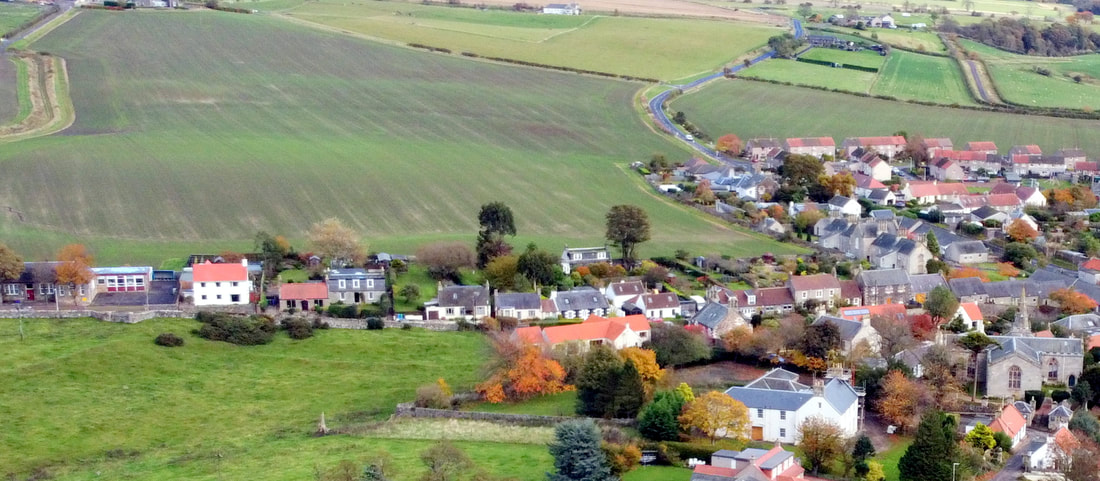
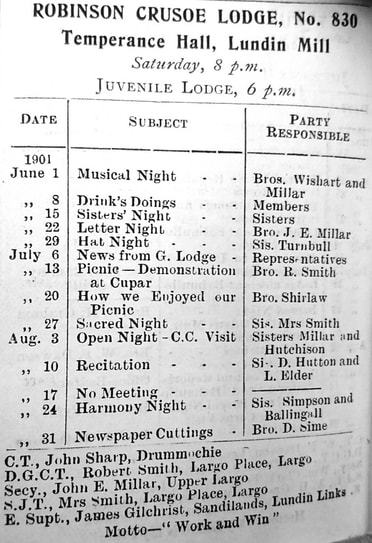
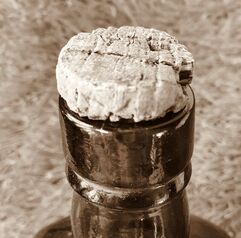
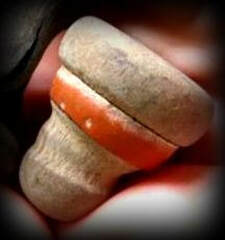
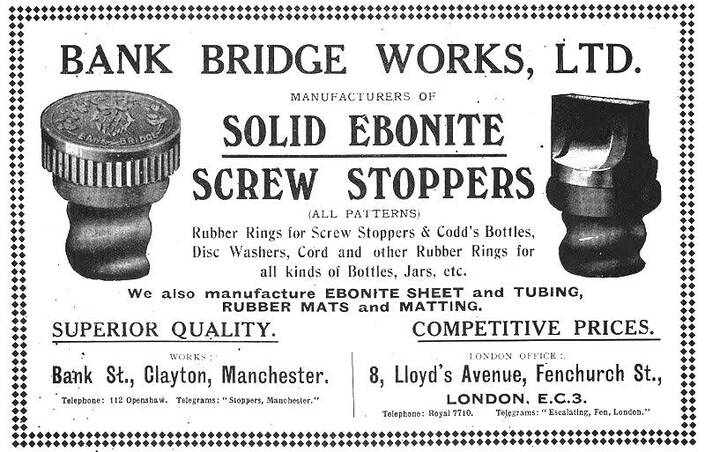
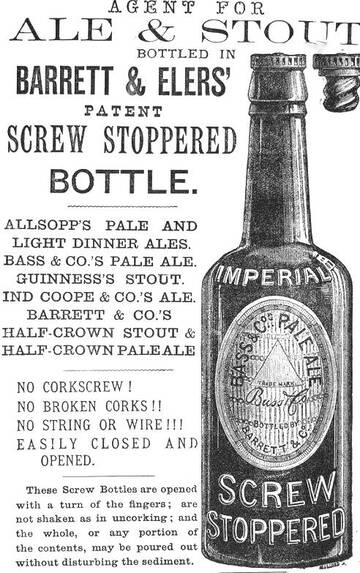
 RSS Feed
RSS Feed
